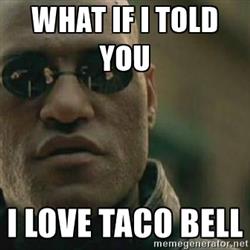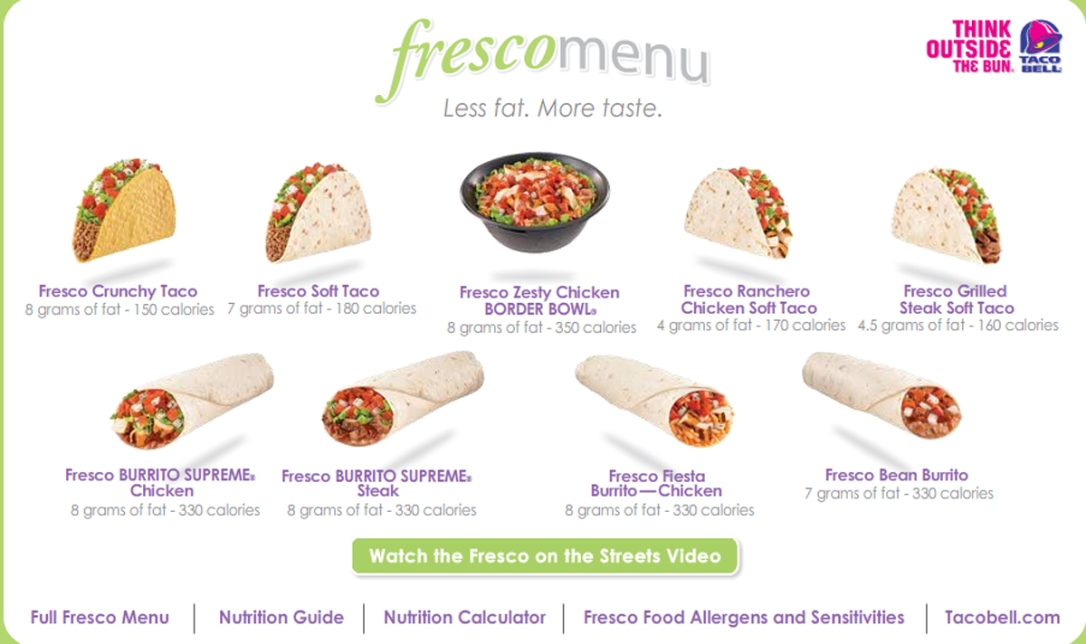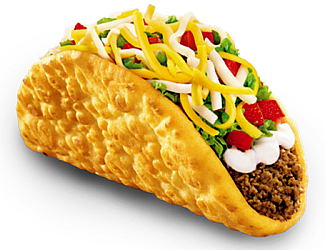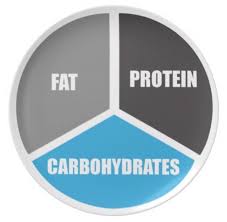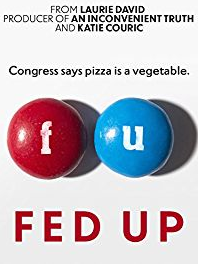Anyone who has ever taken up running regularly knows that dealing with injury is a common practice that comes with the activity. It can be a real pain in the ass. Here you are trying to do incredible things like run multiple miles without stopping, but your body’s recovery mechanism just can’t keep up with the stress you are putting on it! You feel like your body seriously needs to get its act together and get the job done.
The bad news is running, in particular, places an uncommon amount of stress on the joints and muscles of the hips, knees, ankles, and feet. Basically, everything below the waist is at risk when you’re running. One particular injury that has dogged me off and on in my young running career has been shin splints. Shin splints suck. They make every step you take filled with pain in your lower leg and they can be difficult to get rid of if you don’t follow proper recovery principles.
Shin splints have done some work to make my life miserable since I started running. I have done a lot of research into how I can get over them faster. I compiled this guide on shin splints based on the research I have done so that other runners suffering from shin splints can get an idea for the approach that has helped me get over shin splints and prevent them from coming back.
I can’t say that this guide is definitive or all encompassing because that would require a doctoral dissertation. This is a blog folks, so its going to be quick and dirty. So this is my quick and dirty guide to shin splints. I’m going to go over what shin splints are and how you get them, How to get over them if you have them, and how to prevent yourself from getting them in the first place. Let’s do it.
I. What the Hell are shin splints, anyway?

Shin splints are a type of overuse injury that are characterized by tissue damage to the area of the leg below the knee. People use the term shin splints to describe any sort of chronic pain related to the front of the lower leg (the shin). Shin splints are usually the result of micro-tears in the muscle and/or the shin bone (tibia). However, shin splints can also be caused by stress fractures of the tibia or the separation of the calf muscle from the tibia.
Though rare, shin splint pain is sometimes caused by compartment syndrome in which muscle tissue swells from internal bleeding or general inflamation. When the pressure from the swelling cannot be relieved normally, it becomes painful.
II. What causes shin splints?

Alright, so we know what shin splints are, but how do we get them? Shin splints commonly occur when you try to go too hard too soon. In fitness terms we would call this “Increasing your training volume before your body is ready for it.” Also, if you are a shitty runner, most people are, you can bet that you will get shin splints because poor running form will put you at a higher risk for that good old lower leg pain. If you don’t stretch before and after running, this could put you at a higher risk for shin splints as well.
III. How do I stop the shin pain?
I wonder how many people reading this just skipped to this section. I know I would have. I’ll stop wasting your time I guess. Shin splints suck. Let’s get rid of them.
I wish I could tell you that there is an easy way to relieve shin splints and continue running, but there’s really not. The only way to get over shin splints is to let your body rest in order to give it time to heal. You’ll sometimes here people use the acronym “RICE” for healing from injuries like shin splints. RICE stands for Rest, Ice, Compression, Elevation. All four of these methods help to alleviate pain and swelling of tissue injuries while allowing your body conditions to heal. If you really have shin splints, you might feel ready to go again after a week. If you try to jump back into your training after only a week of rest though, you’re going to have a bad time. It takes 2-4 weeks to fully heal from shin splints and if you don’t let your body fully heal before resuming your training schedule, they are just going to come back. That is the truth and the extent of what I have been able to find regarding shin splint recovery. There is more that I can tell you based not on research, but on inferencing and experience. But first, a disclaimer:
I haven’t read any research to support or deny this claim and I am in no position to properly research it myself. It is simply a hypothesis that I came up with based on the knowledge I have acquired on exercise and nutrition. You can take it or leave it. If you know of any evidence that supports or denies this claim, please send it my way so that I can either confirm or re-evaluate my position.
So here it is…
We know that if you are in a calorie deficit, then your body will begin to cannibalize itself in order to meet its daily caloric needs. This is how you lose weight. Not all weight lost, though, is equal. Though most of what you will lose comes from fat, your body will eat away at muscle and other tissues to survive. A proper exercise routine, including strength training, will tell your body “Hey! Don’t eat away at these muscles and other tissues! They’ve been put under a lot of stress (exercise) lately and we need them. Go get your calories from the fat cells!” So you lose more fat than muscle and can actually gain muscle, even on a calorie deficit. However, in a calorie deficit it is going to be more difficult for your body to repair adequately between workouts, especially shin splints. Bodybuilders eat 3000-5000 calories a day in order to support muscle recovery and growth from the extensive stress they put on their bodies. So when faced with shin splints and trying to improve my recovery, I do what a body builder would do when he wants to gain mass in an area: I eat more calories. Milk, I think, is great for this because it is a good source of protein as well as calcium, which will help bone recovery in the event that your shin splints are caused by stress fractures in the tibia.
If you can dig it, cool. Let me know. If you don’t dig it, cool. Let me know.

IV. How do I prevent myself from getting shin splints?
The best way to deal with shin splints is to never get them in the first place so let’s talk about Prevention.
- Increase your running mileage gradually – If you are getting shin splints as a runner, the number one training adjustment you will want to make is to dial back your mileage a bit and then increase it gradually. Stay at a comfortable mileage for several weeks before you increase it. If you make an increase and start to notice pain, bring it back down to where it was comfortable
- Stretch – Stretching is key. Many people don’t stretch as much as they should, but stretching before and after your workout is one of the best ways to prevent injury by allowing your muscles and other tissues to move in their proper range of motion.
- Strenthen your leg muscles – A major cause of running related injuries is weak leg muscles. When you run, your leg muscles help absorb the shock of hitting the pavement. The larger and stronger your leg muscles, the more force they can absorb, decreasing the stress put on your shins. You will want to strengthen your quadriceps, hamstrings, glutes, abductors and adductors. Squats and deadlifts are my go-to workout for legs, but if you’re not into that, there is a great workout routine for this called the Iron Strength workout for runners. I’ve never tried it, but I’ve heard good things about the program causing reduced injury through increased lower body strength. If you do it, let me know how it went.
- Nutrition is key – What you put into your body determines how it will perform. At the end of the day, though food is delicious, we have to remember that food is fuel. If you eat nothing but donuts all day every day, then you may be supplying your body with calories, but you will also be depriving your body of the nutrients it desperately needs. Make sure that you are giving your body what it needs so that it can recover quickly and effiiciently.
So there you have it. My quick and dirty guide to shin splints. Did I miss anything? Is there something you would like to see explained in more detail? Questions and comments are always welcome. Leave a response below and don’t forget to subscribe.
Be Well,
-Cory



